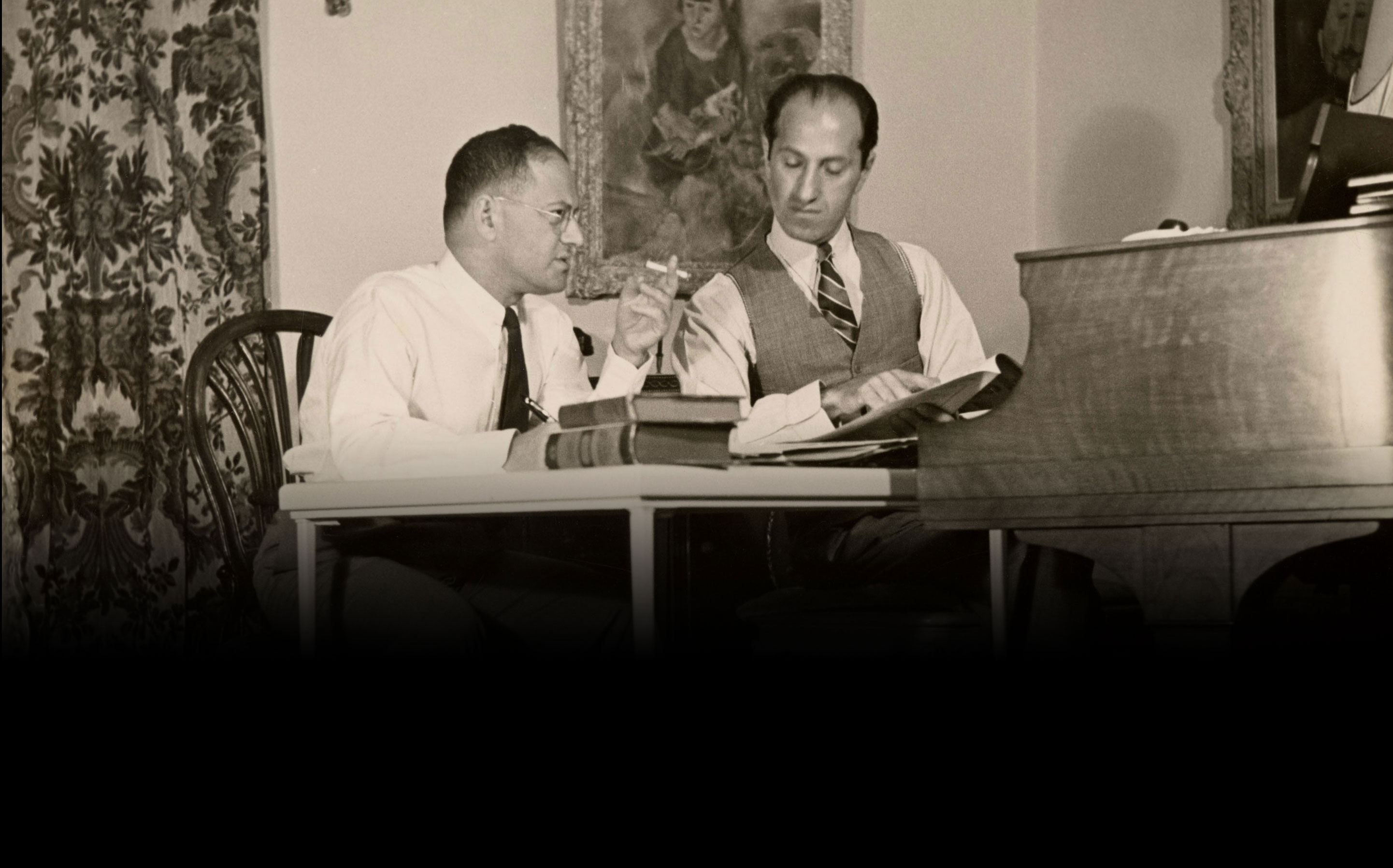An American Lost in Paris: Gershwin Navigating the Classical Sphere
George Gershwin is well-known for his mixed use of popular and traditional idioms. But what was his personal attitude towards contemporary composers, and how did this influence his approach towards composition? Take a look at how An American in Paris, situated at a critical point in George’s career, reflects both his developing tastes and shifting musical ambitions. By Cassidy Goldblatt George Gershwin began his career in the streets of Tin Pan Alley and Broadway, writing songs inspired by his love of jazz. Yet popular genres could only capture his attention for so long, and he soon felt the itch […]
